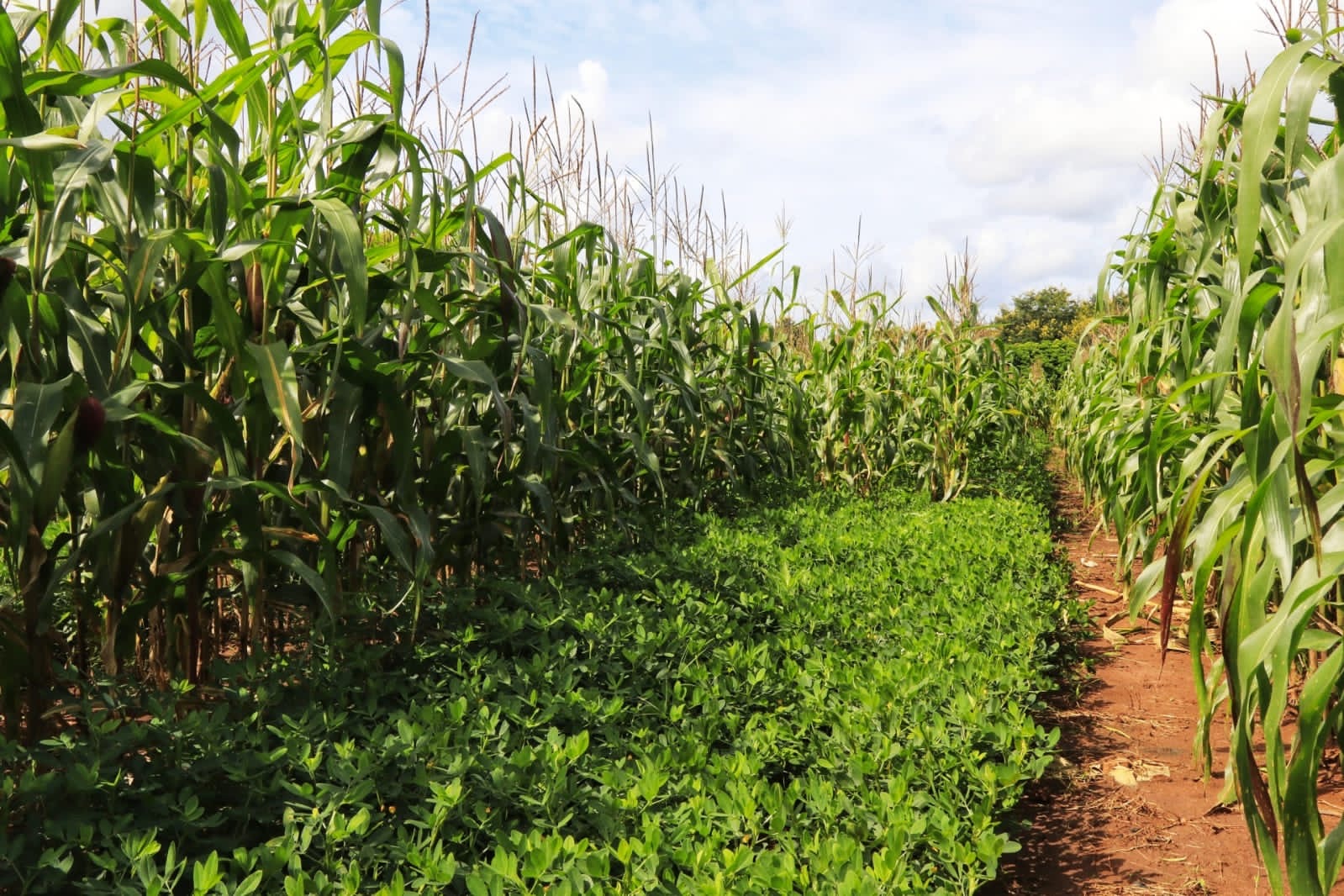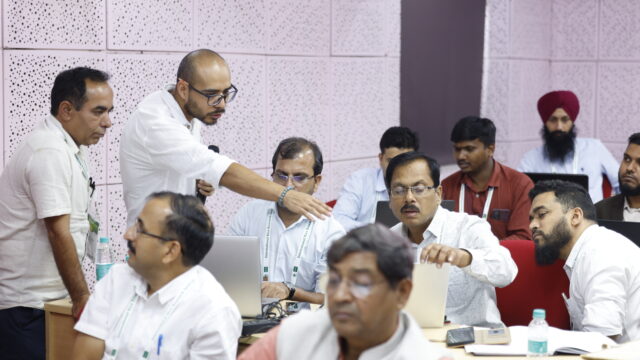
It is an open secret: people are starving in Africa. For far too long has Africa served as the poster-child when it came to hungry humanitarian aid settings – and when one looks at the stats, it is within reason. According to estimates from the Food and Agriculture Organization of the United Nations (FAO), in 2021, there were no less than 282 million people who were undernourished in Africa. Unfortunately, that is a representation of almost 21% of the continent’s population.
Factors such as poverty, climate change, increasing conflicts, lack of economic means and various underlying environmental factors can and do impact on agricultural productivity. Take for example, how in sub-Saharan Africa, the prevalence of undernourishment soars even higher, with 23.2% of the population (approximately 239 million people) estimated to be undernourished in 2021. If ever there was a time to increase food security efforts to curb hunger, particularly for small holder farmers, it is now. – And that’s where Conservation Agriculture (also known as CA) may be a game changer.
Conservation Agriculture is beneficial to the soil, environment and pennies
Conservation Agriculture is a farming system designed to grow food that benefits the soil, environment and farmers’ pockets. It does not only focus on feeding people, but CA can help to prevent losses of arable land while regenerating natural resources. There are three main principles that drive Conservation Agriculture amongst complimentary good agriculture practices, and they are namely: lowering the amount of soil disturbance, permanent soil cover, and crop diversification.
- Minimum soil disturbance refers to the notion that farmers need not till the soil, but rather use planting techniques to make small slits or holes in the soil surface. This helps to reduce water loss, preserves soil structure and organic matter, which in some ways aids to improve biological, chemical and physical soil fertility and water retention.
- Permanent soil cover means that farmers harness natural principles and leave crop residues (such as stalks, leaves and roots) on the soil surface after harvest. Another way to keep the soil covered is to grow cover crops (such as vigorously growing fodder legumes, grasses, and shrubs) during crop cycles, such as was seen (and elaborated on) during IWMI Southern Africa’s first Virtual Field Tour which was held in Malawi during April 2023. Benefits include protecting the soil from the elements (sun, wind, and heavy raindrops), reducing soil and wind erosion and topping up on the organic nutrients, especially soil organic carbon and nitrogen to the soil.
- Crop diversification has to do with farmers rotating crops in the same field. This is broken down and illustrated in this IWMI Southern Africa video on Conservation Agriculture where farmers and experts tackle why it lowers the risks associated with crop failure and aids in breaking disease cycles. Many have also linked it to increased yields, better quality and income as cereals only, the predominant food security crops are low in nutritional quality and do not fetch large incomes.
For practical implementation lessons of Conservation Agriculture, watch the Munda Make Over episode on climate-smart agriculture. This episode features a local Zambian African farmer and how she is empowered in Conservation Agriculture, making compost, farmer groups and agro-forestry.
Authors:
- Dr Christian Thierfelder, Ukama Ustawi Work Package 1 Lead: Diversify and Sustainably Intensify Maize-Based Farming Systems and Principal Cropping Systems Agronomist, Innovation Science Leader Africa (CIMMYT)
- Phindiwe Nkosi, Communications and Knowledge Management Expert, IWMI, Ukama Ustawi & AICCRA-Zambia



